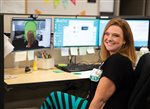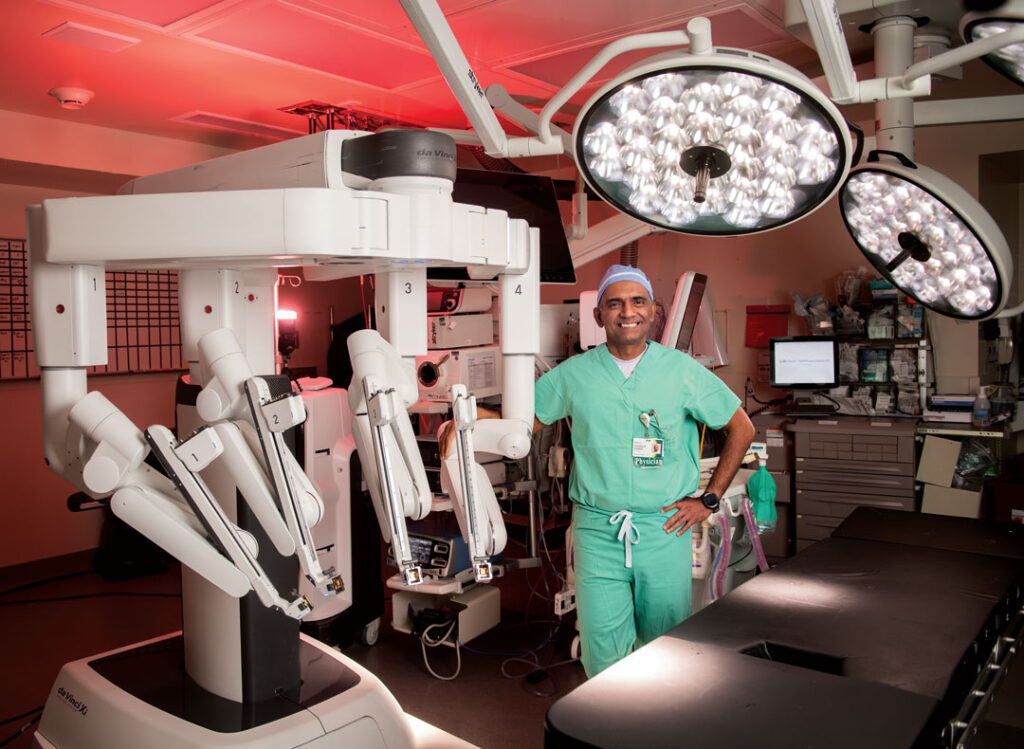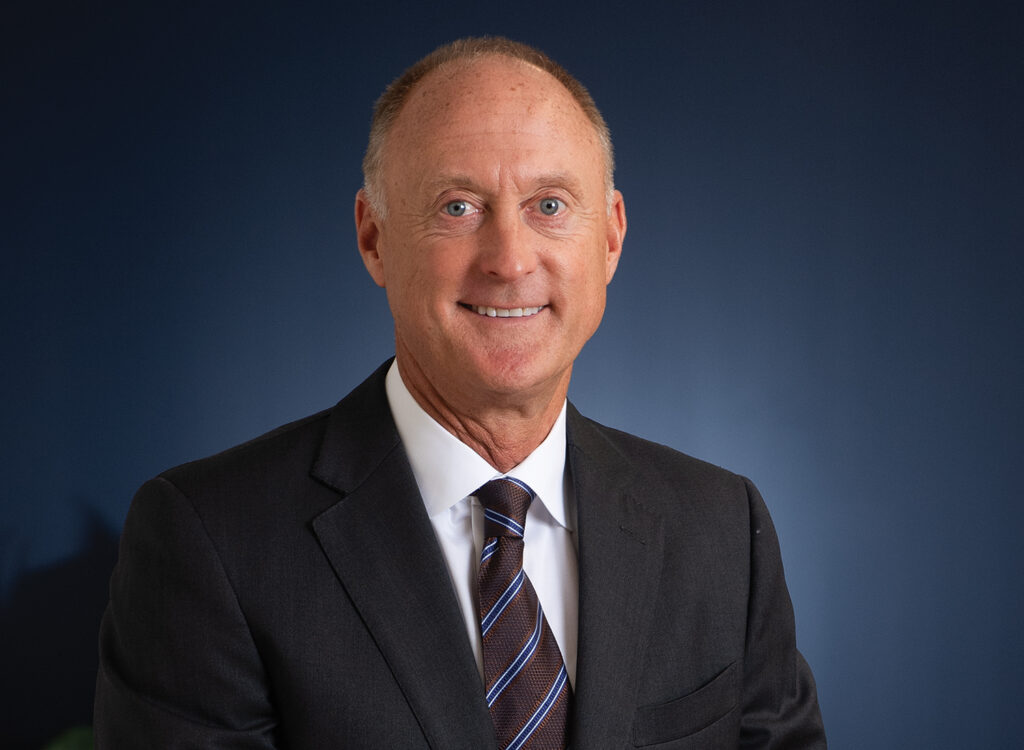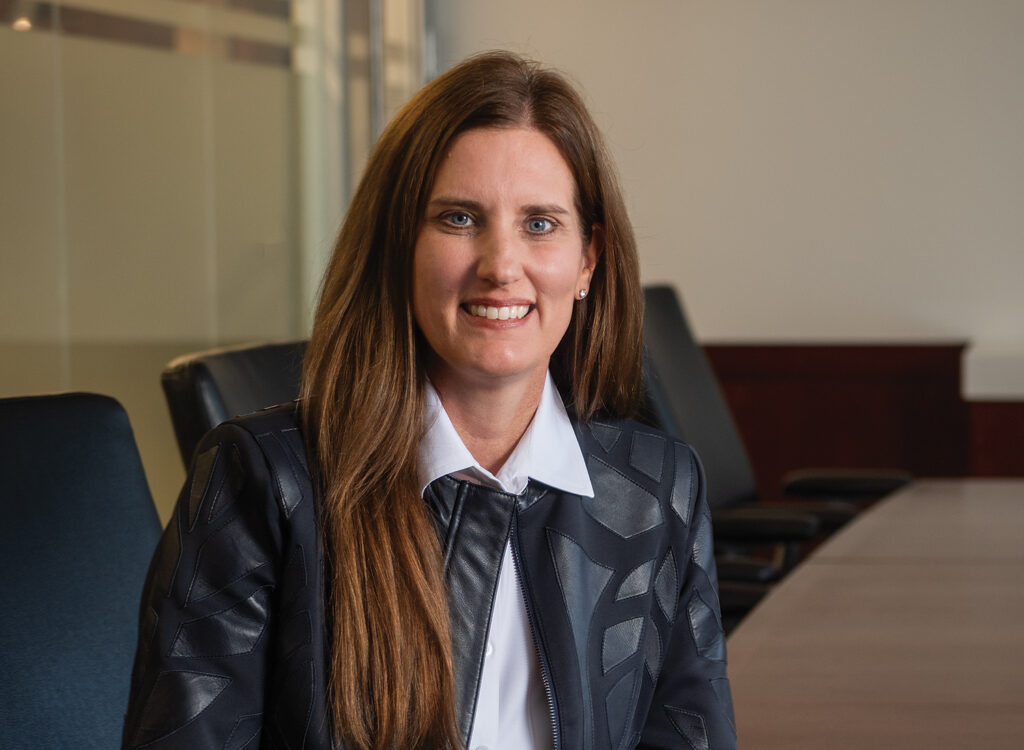Nurses on demand
Through a pandemic and a nursing shortage, virtual nursing eases the day for patients and nurses alike

KATE HAYDEN Jun 23, 2021 | 3:23 pm
4 min read time
919 wordsBusiness Record Insider, Health and Wellness, Innovation and Entrepreneurship
One year ago Dr. Joel Ward recalled standing on a hospital floor unit, watching his colleagues at MercyOne Medical Center endure the height of the COVID-19 emergency in health care.
“You know practically everybody that you work with every day. One of my friends I watched have a mental breakdown on the unit,” said Ward, chief medical informatics officer of MercyOne Central Iowa.
Ward wanted to change something, and he had the computer programming experience to do it. MercyOne Medical Center also had other health care leaders — including Diane Murphy, director of patient logistics, and Linda Goodwin, senior vice president of clinical operations, integration and innovation — leading a team hard at work before the pandemic, preparing the Des Moines hospital for a virtual nursing program that would change the way floor nurses are supported.
“The way care has been provided in the past is not sustainable. There’s not enough nurses, pharmacists, physicians,” Goodwin said. “There is going to be a need to adopt virtual care, and when watching the patients, the care is better.”
From a command center on the south edge of downtown, six virtual nurses operate the controls from a desktop station with three computer monitors.
A touchscreen computer monitor hangs in each patient’s room. The patient or a bedside nurse can contact the virtual nurse at any time, who then receives permission from the patient before turning on their bedside webcam. The system can call in other specialists, such as pharmacists and dietitians. But hospital staff have also called in religious clergy and family members to video chat with a patient.
“At one point I had 20-plus people on my monitor, visiting with a patient who had been inpatient for 20-plus days,” said Cari Taylor, a virtual nurse at MercyOne.
Taylor sees between 28 and 30 patients a day, answering questions, tracking health care orders and assisting bedside nurses with their questions.
“Everything that I do behind the scenes takes away from what they have to do, so they can spend more time at the bedside,” Taylor said.
Goodwin and Murphy had prior experience with virtual nursing. In Colorado, Goodwin observed other active virtual nursing pilots in the country and recruited Murphy to help develop a virtual nursing program using an existing technology company’s platform. The model was immediately successful in preventing falls by patients in their hospital rooms, and virtual nurses developed real mentorship relationships with new bedside nurses — but the program was still expensive, Goodwin said.
When Goodwin moved to Iowa, she brought Murphy, and the two began developing MercyOne’s own virtual nursing program. Murphy and an advisory board were developing a four-year implementation program when COVID-19 arrived in the state in March 2020.
“It became immediately obvious that virtual was something that had to be implemented. So we went from a structured program development to ‘we need to get this done now,’” Murphy recalled.
Computer programming was always “just a hobby” for Ward, but taking on the virtual nursing software project took a few weeks of after-work nights. As Ward built the software, Murphy sourced extra mobile tablets, IV poles, monitors and carts to create the 10 initial mobile workstations that would carry virtual nurses into patient rooms.
“We were buying cameras from Best Buy, probably like everyone else was doing at the beginning of the pandemic,” Murphy said. “You could line them all up and each cart looked totally different. … But it didn’t matter — as long as it had a camera, audio and we were able to connect through the virtual platform, we could use it.”
Within two months, MercyOne launched the pilot on the COVID-19 wing, where patients were in isolation. Family members as far away as Taiwan joined virtual conferences between patients and their doctors and nurses during the height of the pandemic. MercyOne entered the virtual nursing program in a hackathon hosted by CommonSpirit, the medical system’s parent company. Amid 50 other projects, the software won first place in judging and the People’s Choice Award.
“COVID was bringing in whole households of people. Moms and dads were coming in at the same time,” Ward said. “We were able to connect two patients at the same time so that they could just see each other, talk to each other, and bring their pastor in to talk with them, then have the provider right there talking to them. That was really the moment for me, knowing that hey — we’re on to something here.”
Virtual nursing eased some challenges brought by a chronic nursing shortage and the strain COVID-19 placed on existing providers. The program can extend the careers of nurses who need to leave physically demanding bedside care positions. It also offers an on-call mentor to new bedside nurses.
“The nursing shortage is not going to go away. I’ve been a nurse since 1982, and this is my fourth national nursing shortage,” Goodwin said.
MercyOne is developing the expansion plan to bring virtual nursing across all network facilities, as other projects are moving forward. The network’s centralized transfer center will soon manage patient transfer calls from more than 500 rural health care facilities to acute facilities. Expanding virtual nursing to those rural facilities could bring specialists into difficult-to-recruit regions, and better support local hospital staff.
“Virtual technology and telehealth is the way of the future. I don’t think we’re ever going back,” Murphy said.










